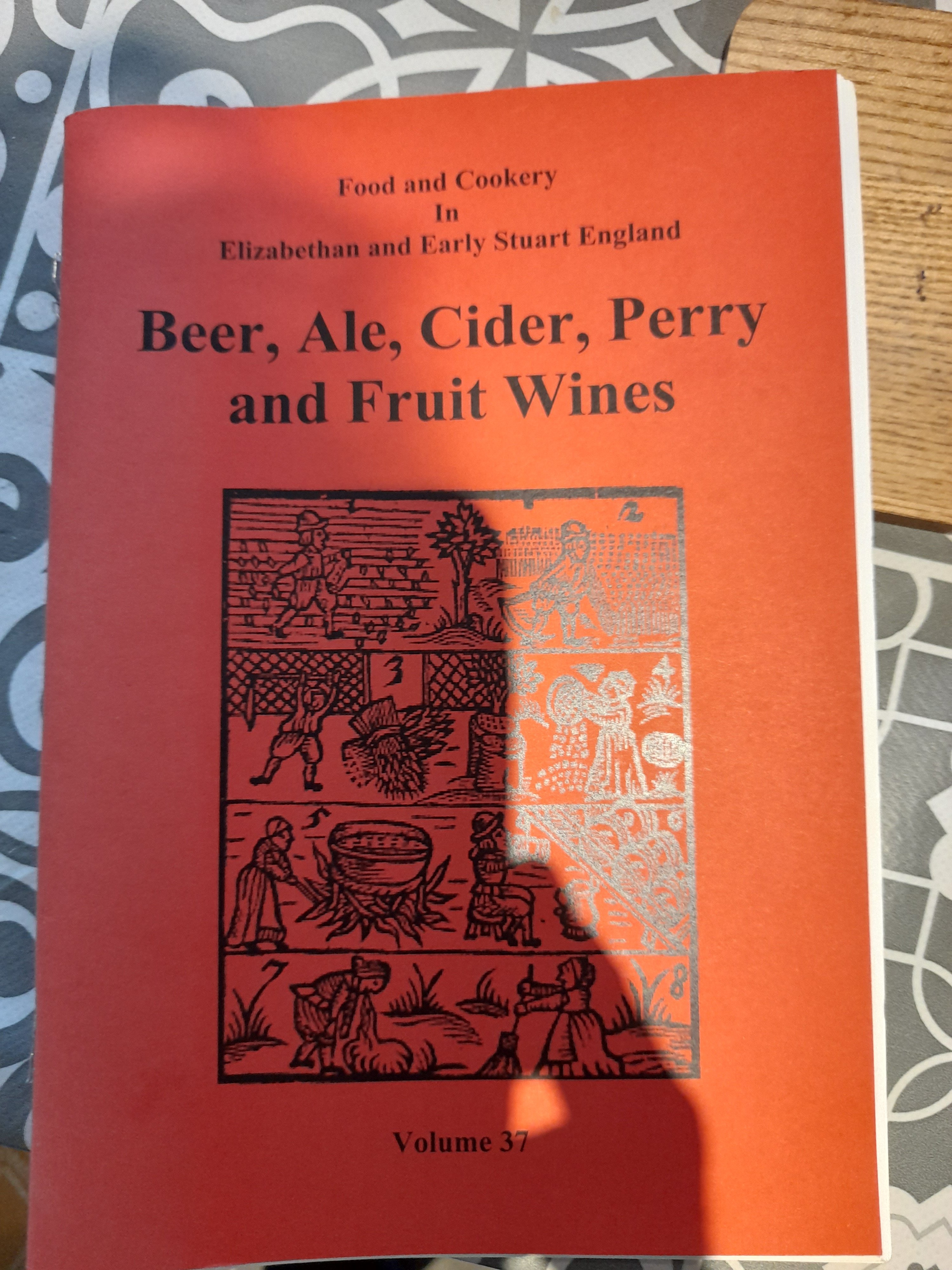I think you may be right. I have experimented with this. Last year I made a pretty good Munich dunkles lager using none other than home-kilned American 2-row pale malt. It was a true SMASH beer. Turned out to be a deep copper colored beer about 19 SRM. Here are my detailed notes about how I kilned the malt in my oven:My best theory is that historical brown malt was kilned in a gradient where the bottom of the batch closest to the heat was dark brown/blown malt and the top of the batch was barely kilned at all, so you'd end up with a diastatic malt which ranged the full spectrum from pale to black
Toast malt a day ahead 2 inches deep at these temps and times:
170 F for 30 minutes
200 F for 30
230 F for 30
375 F for 20.
You might think the last step is the only one that actually matters, but based on discussion with Jordon Geurts of Briess, ensuring the malt is totally dry before kilning further is essential to preservation of the diastatic enzymes. Any moisture at high temps will kill the enzymes.
The malt was never stirred during kilning -- it was allowed to get dark in the corners and edges, and remained more pale in the center, and yes this was done on purpose.
I got 82% brewhouse efficiency, and the wort was definitely sweet. Single infused at 149 F for 75 minutes. I ended up with 50% attenuation (Diamond lager yeast), so I added enzymes at the end to bring the attenuation up to a more reasonable 69%. I was happy with how the final beer tasted, which included notes of dark bread crust, nuttiness, and caramel, with slight hints of acrid burntness which diappeared after longer aging. If I did it again, I'd mash much longer, maybe 2 whole hours, due to the low diastatic power, and thus hopefully be able to skip the additional enzymes.
EDIT: Oh, wow. I had zero recollection of posting so much information on your previous link. Well this here above might be a good overall summary anyway. Cheers!
Last edited:




